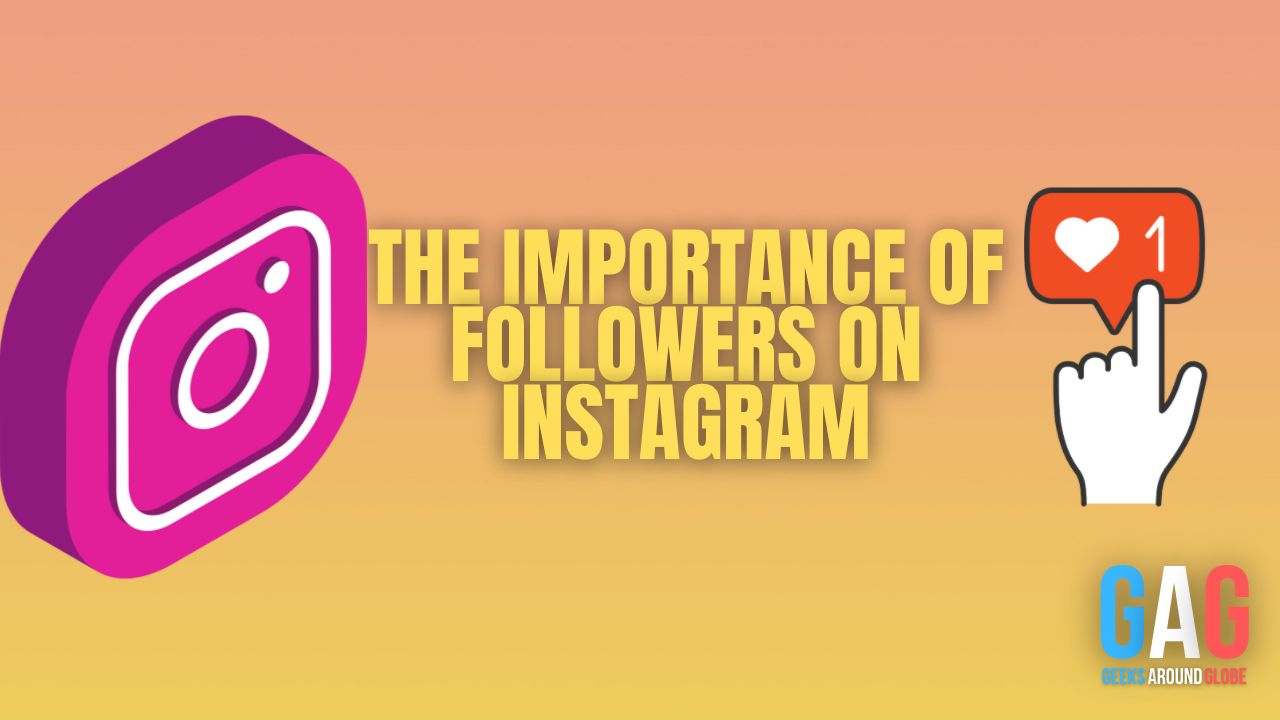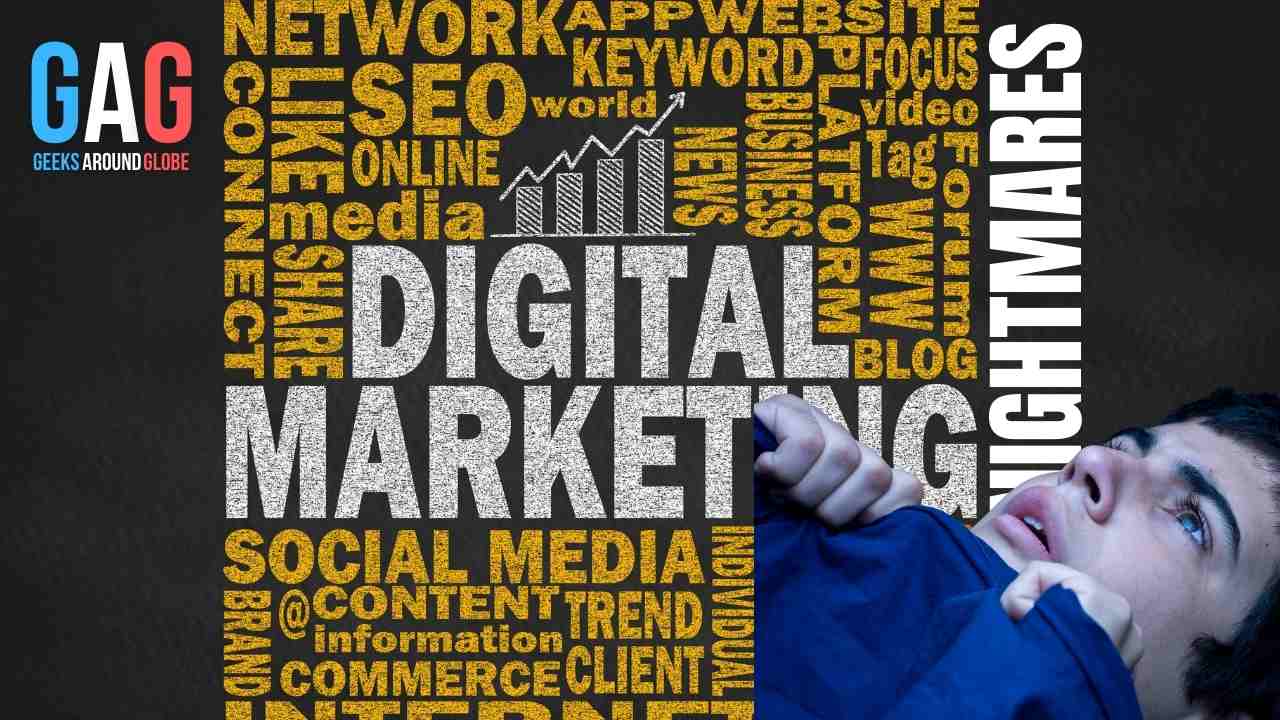
Image Source: Pixabay
Nowadays, live streaming is seemingly everywhere we look, used by influencers and multinational corporations alike. But, is live streaming absolutely essential for digital marketing strategies? Let’s discuss.
How can live streaming be utilized?
Though the first media that had live streaming capabilities were introduced in the 1990s, over the years, live streaming has seen a massive uptake in popularity – particularly over the last decade. This has gone hand in hand with the rise of social media, YouTube, and TV streaming services. In this sense, live streaming has typically been used to make something more accessible or to allow consumers to access something instantly.
A good example of this is the online casino industry. Many online casinos now offer live casino gambling, complete with a real host, croupier, or dealer to provide an immersive experience. These games are live-streamed in real time to all players in the game, allowing players to interact with one another in a social setting.
Similarly, the use of live streaming for digital marketing allows brands to more effectively interact with their consumers, provide content instantly, and make the content more accessible. Typically, digital marketers look at live streaming as part of their social media strategy, as video can be live-streamed through various platforms – such as Instagram, Facebook, Twitter, and YouTube. That said, social media marketing might not be on your radar – particularly for more serious brands in industries like finance, technology, or research.
But, that does not mean that live streaming in these industries is a trivial concept. Instead, live streaming can be adapted to serve a different purpose that is more tailored to the brand messaging. For example, live streaming can be utilized to offer advanced webinars, allowing the brand to showcase research, launch products, explain how to use its services, and host virtual events, solidifying them as a thought leader in the industry. The informative webinars can then be recorded and uploaded to the website to form a knowledge bank that is potentially more accessible to some than classic content marketing.

Image Source: Pixabay
How do consumers respond to live streaming?
Research from Vimeo’s Livestream and New York Magazine found that 80% of consumers would rather watch live videos from a brand than read through a blog. In addition, 82% would rather watch live videos than scroll through social media posts. The preference for live video increases further to 87% if the live video gives a behind-the-scenes view of the brand, allowing consumers to build a more meaningful relationship by making the brand more relatable.
That said, 56% report that the live content they watched the most was news content. This is followed by conferences and concerts with 43% each. When looking at conversions and profitability, 67% of consumers who watched a live stream went on to purchase tickets to a similar event, and 45% would pay for live video from a brand, person, or speaker that they connect with.
So, is a live streaming strategy a must-have for digital marketing? The short answer is – it depends. That said, live streaming is adaptable to suit a wide range of purposes, so it is a good tool to have in one’s arsenal.







